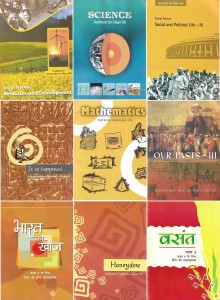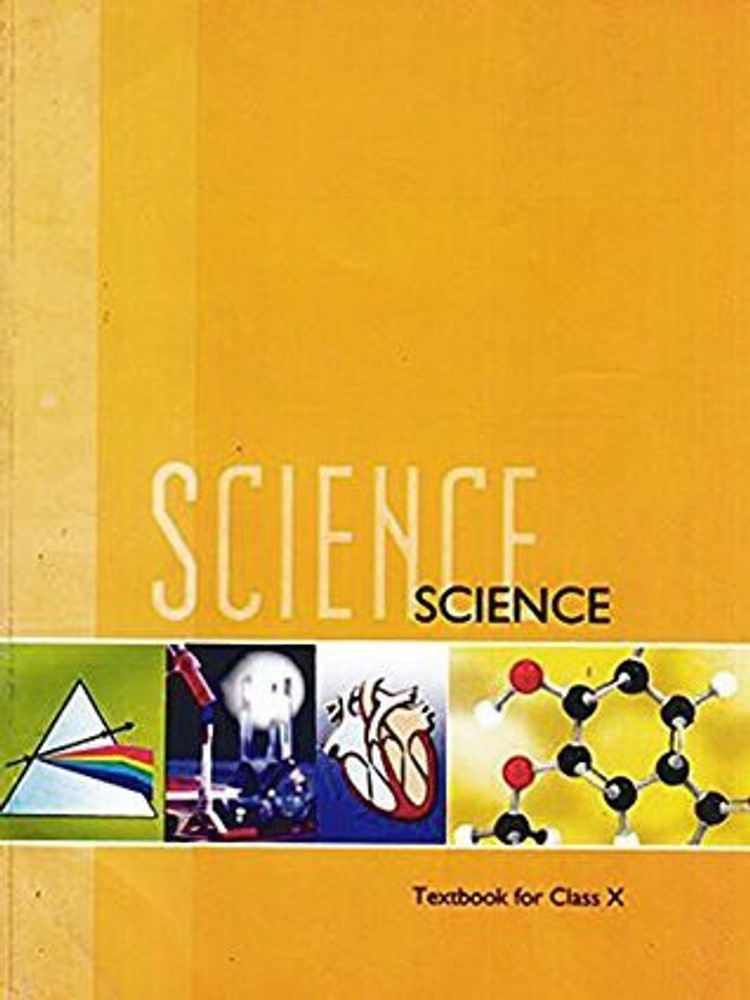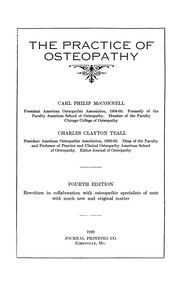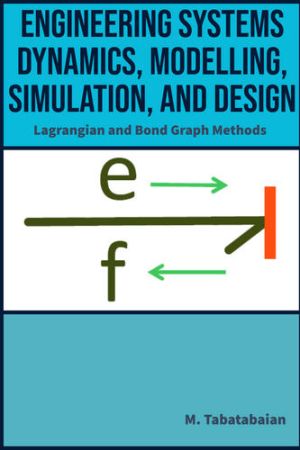Chorus Waves Found Far From Earth Raise Concerns for Space Exploration
Chorus waves, energetic electromagnetic bursts resembling bird chirps, have been detected 100,000 miles from Earth, far beyond their usual range. NASA's Magnetospheric Multiscale satellites observed these waves in a flatter region of Earth's magnetosphere, contradicting prior assumptions about their formation near strong magnetic gradients. The waves, driven by solar plasma instability, accelerate particles to near-light speeds, endangering spacecraft and astronauts. This discovery, published in Nature, highlights the need for advanced solar plasma monitoring to safeguard future space missions and refine our understanding of Earth's magnetosphere.

Strange electromagnetic waves resembling bird chirps have been detected at an unexpected distance from Earth, raising concerns for space missions. These signals, known as chorus waves, can accelerate particles to dangerously high speeds, posing a risk to spacecraft and astronauts. Previously observed much closer to Earth, the latest detection occurred nearly 100,000 miles away. This discovery challenges long-standing theories about their origins and behaviour, urging scientists to reassess their understanding of Earth's magnetosphere and its interaction with solar particles.
Chorus waves: A closer look
According to findings published in Nature, chorus waves are energetic bursts within Earth's magnetic field, known for their short duration and rapid propagation. While these waves have been extensively studied since the 1960s and detected on various planets with magnetic fields, this new observation in a flatter region of Earth's magnetosphere diverges from earlier detections in areas characterised by strong magnetic gradients. As reported by Live Science, The Magnetospheric Multiscale satellites from NASA captured these waves, sparking renewed interest in their formation and implications.
Potential risks to space missions
These findings highlight the potential threats posed by chorus waves to satellites, astronauts, and deep-space missions. The waves are believed to be driven by plasma instability, where electrons released by the sun interact with Earth's magnetic field. This interaction disrupts the electrons' orderly motion, accelerating them to near-light speeds. Unlike earlier detections near dipole-shaped regions, these waves were found in a relatively flat magnetic field area, suggesting alternative mechanisms might be at play.
Richard Horne, Head of Space Weather at the British Antarctic Survey, noted the significance of these findings in Nature, emphasising the need for enhanced solar plasma monitoring. The discovery prompts further investigation into the formation of these waves, aiming to develop measures to mitigate risks for future space exploration.












)

























































